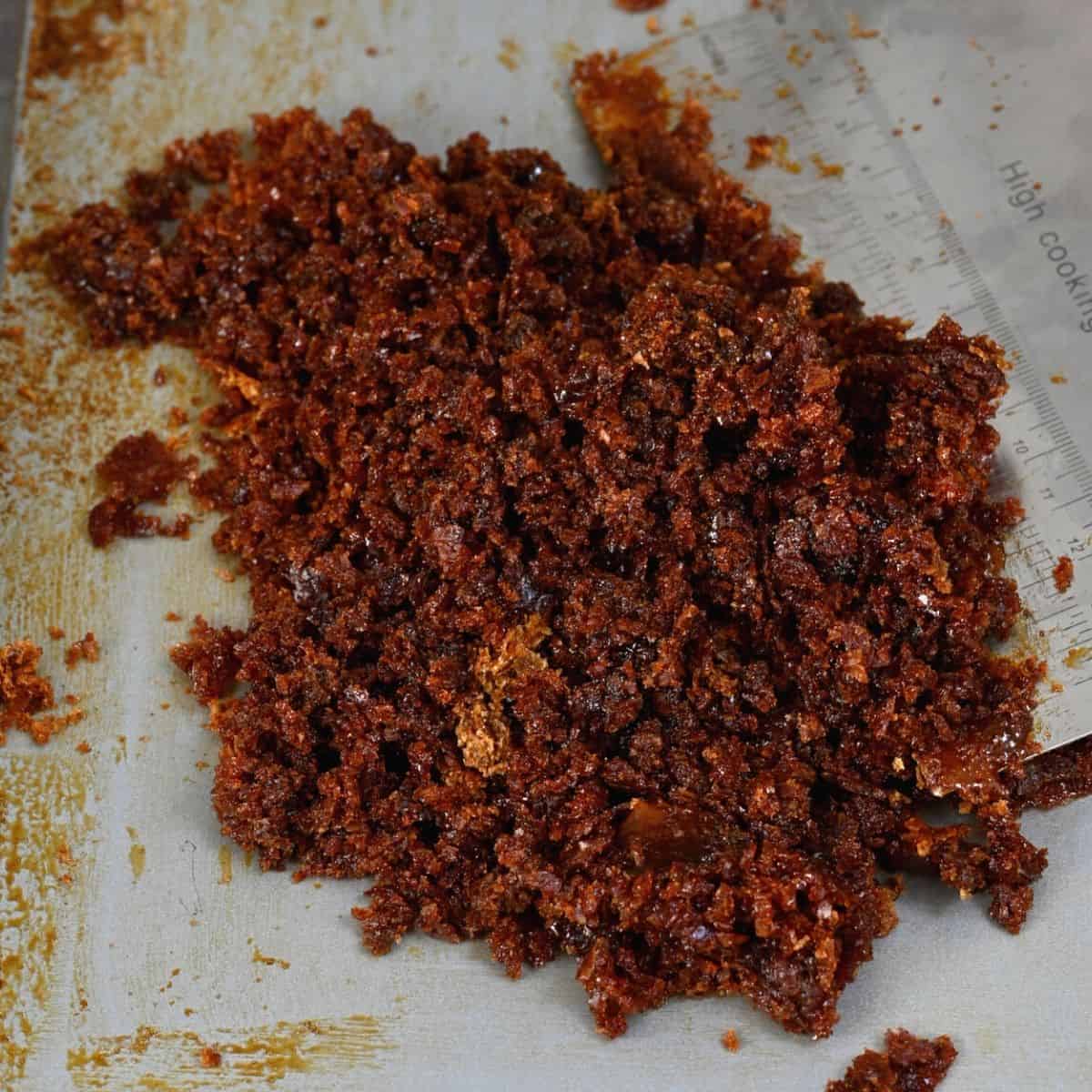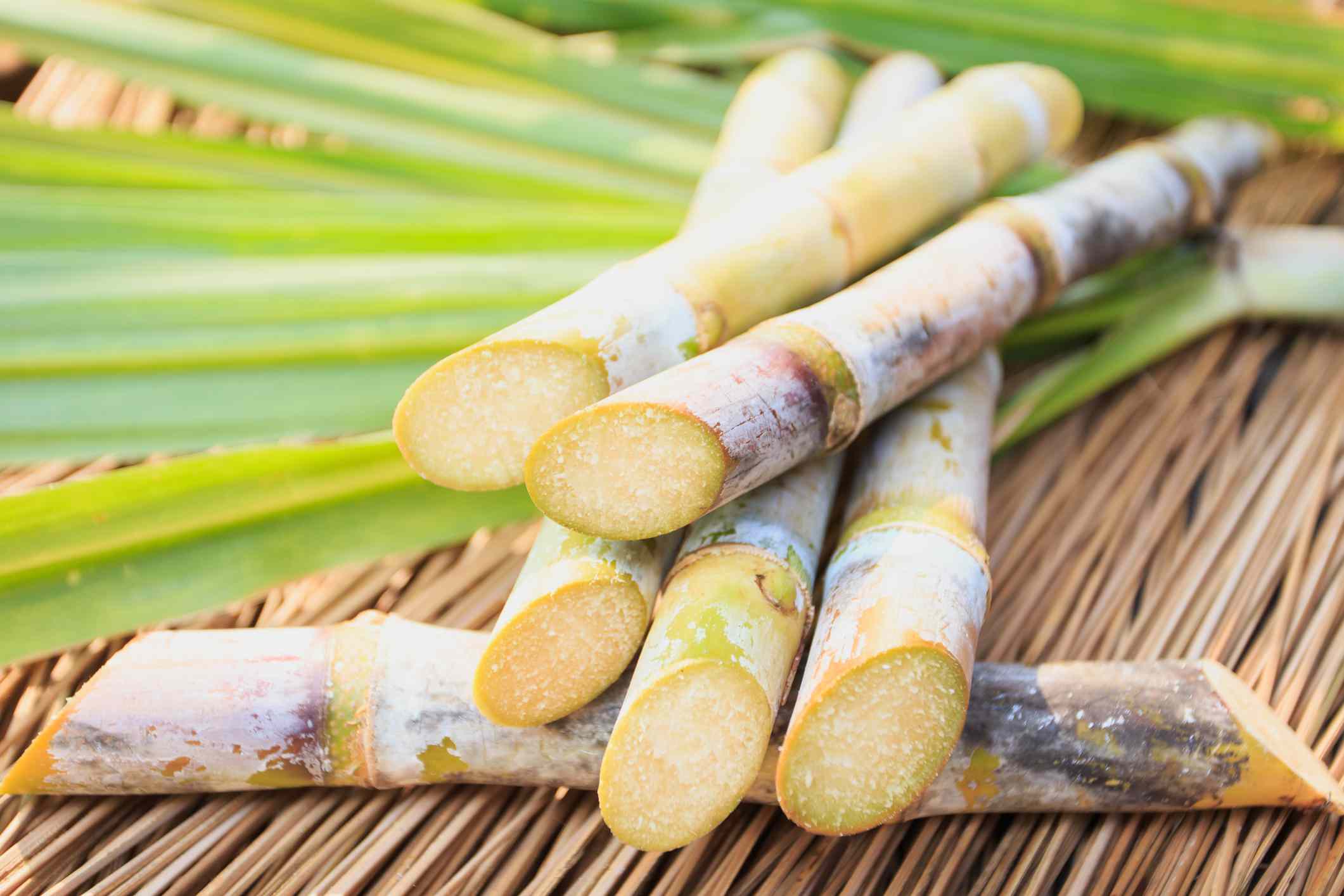Cane Sugar Processing: From Field to Table-- A Step-by-Step Overview
Cane Sugar Processing: From Field to Table-- A Step-by-Step Overview
Blog Article
A Comprehensive Guide to the Environmental Impact and Sustainability Practices in Walking Stick Sugar Processing
The ecological effect of walking cane sugar handling provides a complex selection of challenges that warrant cautious assessment. From soil deterioration and extreme water usage to the carbon footprint associated with growing and production, the repercussions of standard methods are far-ranging. What specific practices can be applied to strike a balance in between performance and environmental stewardship?
Overview of Walking Cane Sugar Processing
Walking cane sugar processing entails a collection of systematic actions that change sugarcane right into refined sugar. At first, harvested sugarcane is transferred to refining facilities, where it undertakes cleaning to get rid of dirt and debris. Following this, the walking cane is crushed to draw out juice, which is then cleared up by getting rid of pollutants via heating and the enhancement of lime.
The clarified juice goes through dissipation, where water is eliminated to focus the sugar content. This concentrated syrup is after that crystallized with air conditioning, enabling sugar crystals to develop. These crystals are divided from the remaining syrup making use of centrifugation, causing raw sugar. To achieve refined sugar, the raw item undergoes further filtration processes, which may include filtering and washing to remove remaining pollutants and shade.
The end product is after that dried and packaged for distribution. Throughout this whole process, preserving effectiveness and top quality control is necessary to make certain the sugar meets industry criteria. Each action in walking stick sugar handling not just adds to the end product however likewise has ramifications for source usage and waste generation, establishing the phase for conversations on sustainability and ecological impacts associated with sugar production.
Environmental Challenges of Production
The production of walking stick sugar provides a number of considerable environmental difficulties that warrant interest. One primary issue is the substantial use of agrochemicals, consisting of plant foods and pesticides, which can lead to dirt destruction, biodiversity loss, and contamination of neighborhood water resources. The overflow from sugarcane fields often carries these chemicals into neighboring ecosystems, disrupting aquatic life and affecting the health of areas reliant on these water bodies.
An additional difficulty is the high power usage connected with sugarcane processing. The boiling and refining phases call for considerable warm, primarily created by melting fossil gas, adding to greenhouse gas exhausts. Furthermore, the expansive land location needed for sugarcane cultivation can lead to deforestation and habitat destruction, more exacerbating environment modification and threatening wild animals.
Moreover, the labor techniques in some regions elevate honest concerns, as employees might deal with poor working problems and inadequate earnings. This situation often bolsters a cycle of poverty in neighborhood communities. Cane Sugar Processing. Dealing with these ecological difficulties is crucial for establishing more sustainable techniques in walking stick sugar manufacturing, ultimately benefiting both the atmosphere and the areas associated with this sector
Water and Land Usage Effect
Water resources and land application are crucial parts in the cane sugar market that dramatically affect the atmosphere. The growing of sugarcane requires considerable water input, with estimates recommending that it can eat as much as 2,000 litres of water per kilo of sugar created. This extensive use water typically leads to exhaustion of regional water sources, influencing not just the sugarcane haciendas but likewise bordering ecosystems and neighborhoods that count on the very same water resources for farming and residential use.

Additionally, land use for sugarcane growing can lead to logging and the conversion of natural habitats right into monoculture vineyards. This practice reduces biodiversity, disrupts neighborhood communities, and adds to soil deterioration. The development of sugarcane fields often intrudes on valuable agricultural land, creating competitors for sources in between food and biofuel production.
Sustainable techniques, such as optimizing watering strategies and executing plant turning, are necessary to minimize these impacts. By embracing extra efficient water usage and land administration approaches, the cane sugar market can lower its eco-friendly impact, making sure an equilibrium in between farming productivity and environmental preservation.
Greenhouse Gas Emissions
Greenhouse gas discharges stand for a substantial environmental issue within the walking cane sugar processing industry, especially as agricultural methods broaden to fulfill international need. The farming of sugarcane, a plant that flourishes in tropical climates, depends greatly on synthetic fertilizers and pesticides, which contribute to nitrous oxide emissions. Additionally, land-use modifications, including deforestation for new sugarcane vineyards, launch co2 kept in plants and soil.
During processing, power intake is one more major resource see this of greenhouse gas discharges - Cane Sugar Processing. Numerous sugar mills utilize nonrenewable fuel sources to power equipment and produce heat, causing substantial carbon footprints. Furthermore, the transport of raw sugarcane and completed products adds layers of exhausts through gas combustion in vehicles
The collective effect of these discharges exacerbates environment adjustment, positioning threats not only to the atmosphere yet also to the long-lasting practicality of the market. Stakeholders have to acknowledge the immediate requirement for comprehensive methods that deal with these exhausts. This includes reviewing present farming methods, refining techniques, and transport systems to determine locations for improvement and reduction. Resolving greenhouse gas emissions is essential for promoting a more sustainable walking cane sugar market in a transforming climate.

Sustainable Practices and Innovations
Lasting methods and developments are increasingly essential in the walking stick sugar handling market as stakeholders seek to lower environmental impacts while preserving productivity. One substantial development is the application of integrated plant management, which maximizes resource usage by combining dirt management, bug control, and crop rotation strategies. This technique boosts yield while reducing chemical inputs and maintaining soil wellness.
Furthermore, the adoption of renewable resource resources, such as biomass from sugarcane deposits, has actually gotten grip - Cane Sugar Processing. By transforming waste products into energy, processing centers can lower their dependence on fossil gas, therefore decreasing greenhouse gas exhausts
Water management methods have actually also seen enhancements via the recycling and reusing of water in handling plants, considerably minimizing freshwater intake. Advancements in technology, such as precision agriculture, allow farmers to check crop health and resource use better, making sure lasting farming practices.
Furthermore, accreditation programs like Fair Trade and important site Rain forest Partnership urge environmentally responsible farming methods and advertise social equity within the supply chain. By welcoming these lasting techniques and innovations, the cane sugar processing market can improve its durability and add positively to environmental stewardship.
Conclusion
The environmental impact of cane sugar processing presents significant challenges, including soil degradation, high water consumption, and greenhouse gas emissions, alongside ethical issues associated to labor methods. Dealing with these issues through lasting techniques, such as incorporated plant administration, sustainable energy fostering, and water recycling, is important. By promoting socially equitable and eco liable techniques in sugar production, the sector can minimize its negative effects, ensuring an extra lasting future for both environments and neighborhoods included in this industry.
Walking stick have a peek here sugar processing entails a series of systematic actions that transform sugarcane right into refined sugar. Each action in walking stick sugar processing not just contributes to the last product yet likewise has implications for resource use and waste generation, establishing the stage for conversations on sustainability and environmental influences associated with sugar manufacturing.
Greenhouse gas discharges stand for a considerable ecological worry within the cane sugar handling industry, especially as agricultural techniques increase to satisfy international demand.Sustainable practices and technologies are increasingly crucial in the walking cane sugar processing industry as stakeholders seek to reduce environmental effects while preserving productivity.The environmental influence of cane sugar handling presents substantial difficulties, consisting of soil deterioration, high water usage, and greenhouse gas emissions, together with moral concerns associated to labor techniques.
Report this page